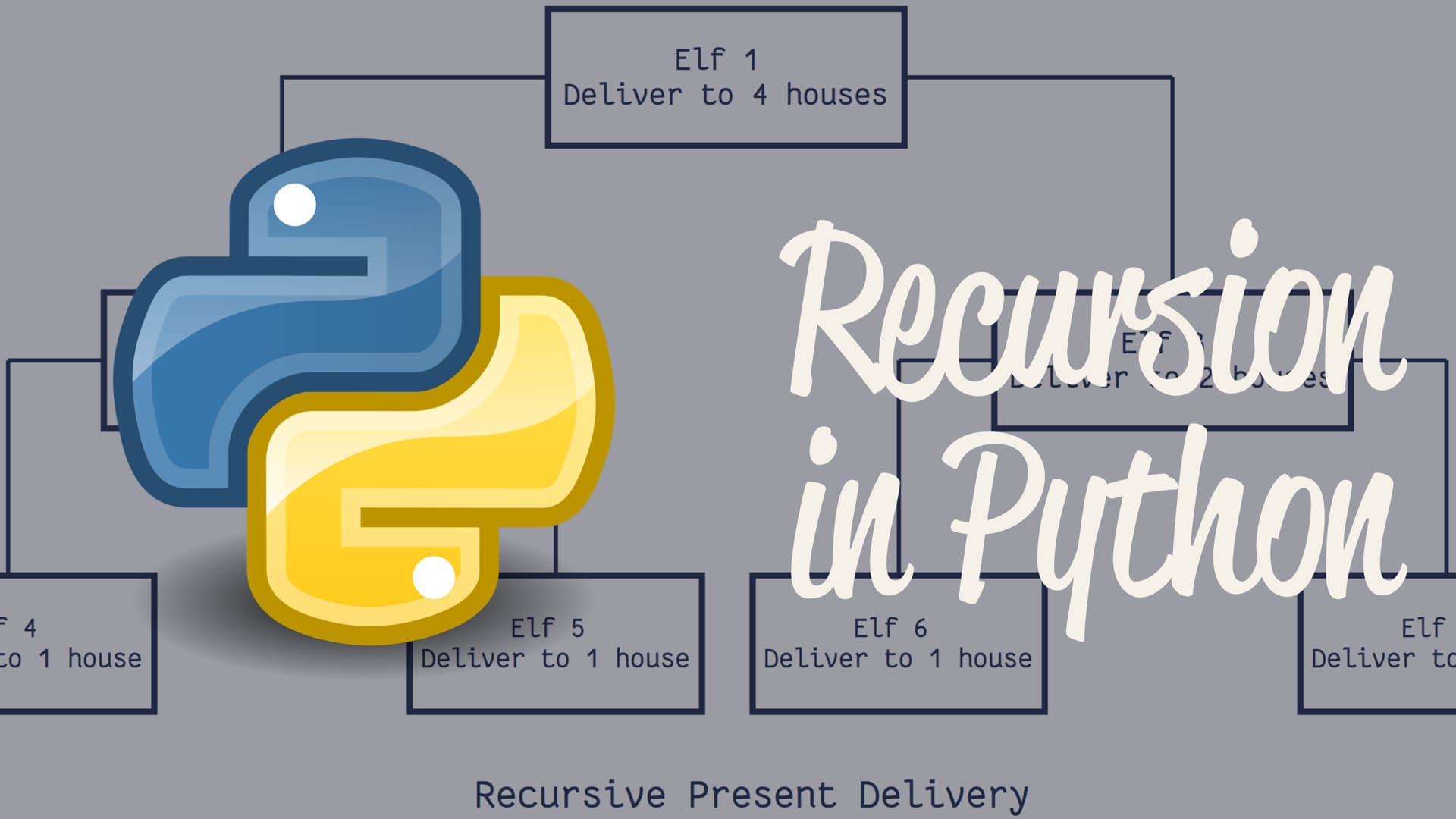Recursion Function in Python
Table of Content:
- What is recursion in Python?
- Python Recursive Function
- Advantages of Recursion
- Disadvantages of Recursion
What is recursion in Python?
Recovery is the way to define my own.
For example, the physical world should be compared to two parallel lenses. Every item between them will be reviewed.

Python Recursive Function
We know Python, a job can call other activities. This is also possible to call your call. This type of structure is called recruitment staff.
The following is an example of a repeat review sample to get the whole number.
Condition of one of the products for all signs from 1 to number. For example, this article 6 (shown in 6) runs from 1 * 2 * 3 * 4 * 5 * 6 = 720.
For Example:
# An example of a recursive function to
# find the factorial of a number
def calc_factorial(x):
"""This is a recursive function
to find the factorial of an integer"""
if x == 1:
return 1
else:
return (x * calc_factorial(x-1))
num = 4
print("The factorial of", num, "is", calc_factorial(num))
In the first example, calc_factorial () is a repetitive act because they are called together.
If we serve this task with a good amount, it will call it back by reducing the number.
Any call from the spelling analysis number 1 to the number is the same. This return call is described in the following steps.
calc_factorial(4) # 1st call with 4
4 * calc_factorial(3) # 2nd call with 3
4 * 3 * calc_factorial(2) # 3rd call with 2
4 * 3 * 2 * calc_factorial(1) # 4th call with 1
4 * 3 * 2 * 1 # return from 4th call as number=1
4 * 3 * 2 # return from 3rd call
4 * 6 # return from 2nd call
24 # return from 1st call
Recovery is completed when the number is low. This is called the state language.
Any repetitive work must have the basic requirements for the termination of repairs or other functions called "unusual.
Examples of Recursion function Python:
We know that in Python, one job can call another. But if you call yourself, it should not be a State language with a negative statement, make the border crossing. For that reason, we will need some repeated examples to calculate Python's repetitive numbers, since the world is restored.
>>> def factorial(n):
f=1
while n>0:
f*=n
n-=1
print(f)
>>> factorial(4)
Output:
24
>>>factorial (5)
120
The number system is n * (n-1) * (n-2) * .. * 2 * 1. Therefore, 5! = 5 * 4 * 3 * 2 * 1. Let's see how to write repeating jobs.
First, let's do it without being restored.
Advantages of Recursion
1. The repetitive tasks perform the cleaner and its appearance.
2. Hard work that can be divided into simple and simple problems using repatriation.
3. The standard setup is easy to use multiple repetitions.
Disadvantages of Recursion
1. Sometimes the probability behind recovery is difficult to maintain.
2. Repeat calls are expensive (invalid), as they contain a lot of memory and time.
3. Recurring tasks are very difficult to prevent.
Comments
Post a Comment